Psychedelic Substance And Their Effects
There are various psychedelic substances, each with its own unique effects. Here are a few examples:
1. LSD (Lysergic acid diethylamide):
LSD is known for its hallucinogenic properties. It can induce intense visual and auditory hallucinations, alter perception of time and space, and produce profound changes in mood and emotions. LSD, also known as Lysergic acid diethylamide, is a powerful hallucinogenic drug that is derived from a fungus called ergot. It was first synthesized in the 1930s and gained popularity in the 1960s as part of the counterculture movement.
LSD is known for its ability to alter perception, thinking, and mood. It is typically consumed orally, either in the form of a pill or a blotter paper tab that has been soaked in the drug. The effects of LSD can vary greatly depending on the dose and the individual’s mindset and surroundings.
Common effects of LSD include visual hallucinations, changes in perception of time and space, intensified emotions, and an altered sense of self. Some people may experience a sense of unity with the universe or a feeling of interconnectedness. The effects of LSD can last for 6 to 12 hours.
.
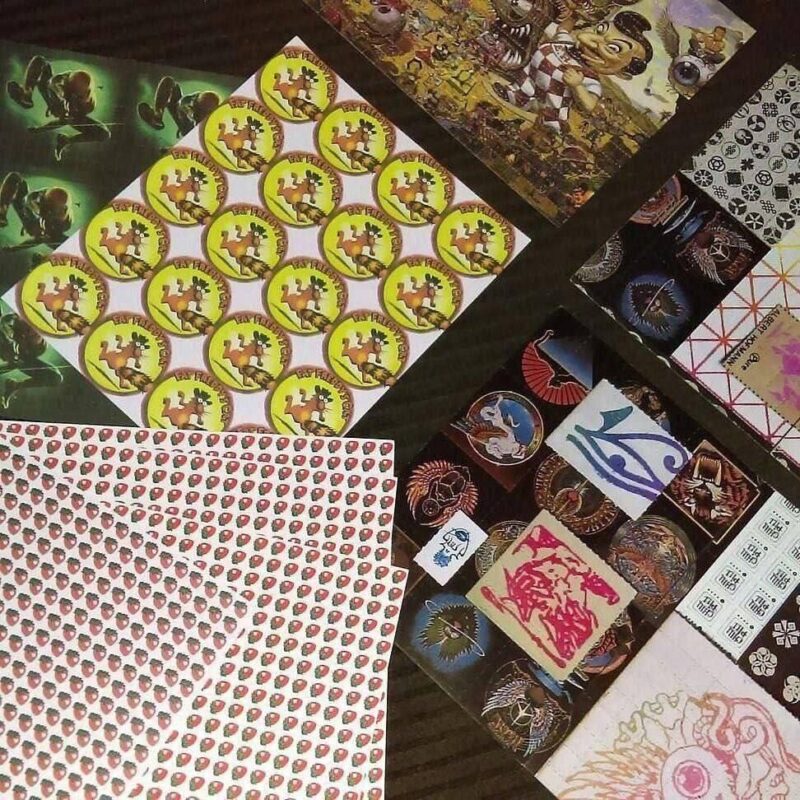

2. Psilocybin mushrooms:
Psilocybin mushrooms, also known as magic mushrooms, contain the compound psilocybin. They can produce euphoria, visual distortions, and feelings of interconnectedness. Effects can vary depending on the specific strain and dosage.
Psychedelics, also known as hallucinogens, are a class of substances that alter perception, cognition, and mood. They produce profound changes in thoughts, emotions, and sensory experiences. Magic mushrooms, or psilocybin mushrooms, are a type of psychedelic that contains the active compound psilocybin. When ingested, psilocybin is converted into psilocin, which interacts with serotonin receptors in the brain, leading to altered perception and a range of subjective effects. Magic mushrooms have been used for centuries in various cultural and spiritual practices. They can induce hallucinations, euphoria, introspection, and a sense of connectedness. However, it is important to note that the use of magic mushrooms and other psychedelics should be approached with caution and in a safe and responsible manner.
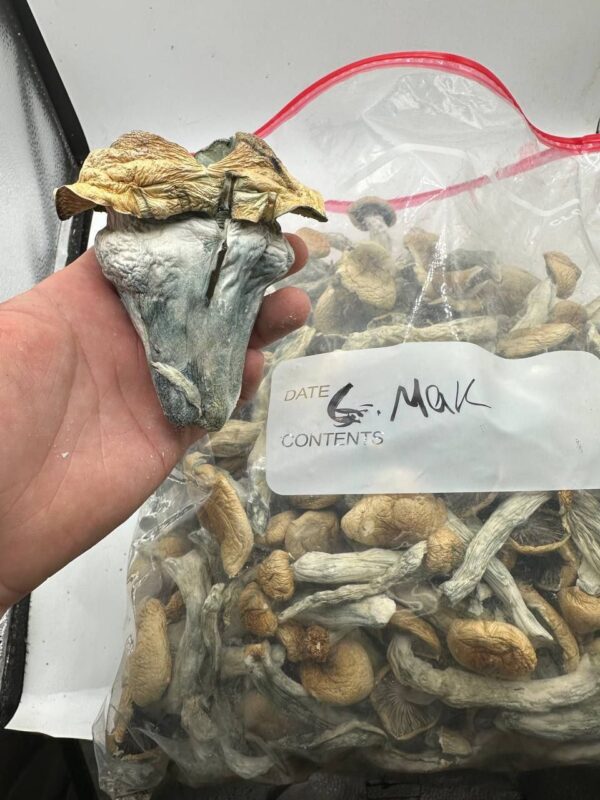
3. MDMA (3,4-Methylenedioxymethamphetamine):
MDMA is often referred to as ecstasy or molly. It is known for its empathogenic and entactogenic effects, producing feelings of emotional openness, increased sociability, and heightened sensations. It is not considered a classic psychedelic but can induce psychedelic-like experiences.
MDMA, also known as ecstasy or molly, is a psychoactive drug that is commonly used as a recreational party drug. It was first synthesized in the early 1900s and gained popularity in the 1980s and 1990s as a club drug.
MDMA is classified as a stimulant and a hallucinogen. It produces feelings of increased energy, euphoria, and empathy towards others. It is typically consumed orally in the form of a pill or powder. The effects of MDMA can vary depending on the dose, the individual’s mindset, and the environment.
Some common effects of MDMA include increased sociability, enhanced sensory perception, heightened emotional connection, and a sense of well-being. It can also cause increased heart rate, elevated blood pressure, and dehydration. It’s important to stay hydrated and take breaks from physical activity when using MDMA to reduce the risk of overheating or dehydration.
It’s worth noting that MDMA is illegal in most countries and is classified as a Schedule I drug in the United States. Long-term use of MDMA can have negative effects on cognitive function and mood, and can also increase the risk of addiction. If you have any further questions or concerns about MDMA, I recommend consulting with a medical professional or reaching out to a substance abuse helpline for more information.
.
4. DMT (Dimethyltryptamine):
DMT is a potent hallucinogen that can induce intense, short-lived psychedelic experiences. It is often consumed through smoking or vaporization. Users report entering a highly immersive and transformative state of consciousness with vivid visual and auditory hallucinations.
DMT, short for N,N-Dimethyltryptamine, is a powerful hallucinogenic substance that occurs naturally in certain plants and can also be produced synthetically. It is known for its intense psychedelic effects and is often referred to as the “spirit molecule” due to the profound and mystical experiences it can induce.
DMT is typically consumed by smoking or vaporizing the crystalline powder form. The effects of DMT are rapid and intense, often described as a “breakthrough” experience where users report entering a different reality or encountering entities. The effects typically last for a short duration, usually around 10-30 minutes.
The experiences induced by DMT can vary greatly, but common effects include visual hallucinations, altered perception of time and space, emotional and introspective experiences, and a sense of awe and connectedness. Some users report having spiritual or mystical experiences, while others describe it as a journey into the subconscious mind.
It’s important to note that DMT is a Schedule I controlled substance in many countries, including the United States, and its possession, production, and distribution are illegal. As with any powerful psychedelic substance, DMT should be approached with caution and respect. It is recommended to use it in a safe and supportive environment, preferably with an experienced guide or sitter.
If you are considering using DMT or have further questions, it’s essential to gather more information and educate yourself about, Also feel free to contact us.
.
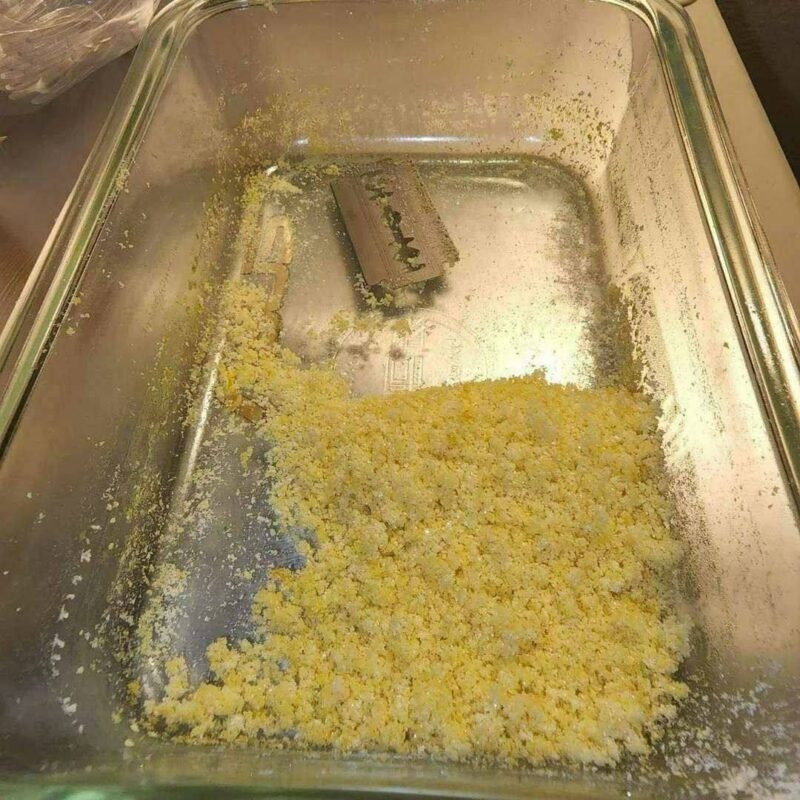

It’s important to note that the effects of psychedelics can vary greatly depending on individual factors, set and setting, and dosage. It’s always recommended to approach these substances with caution, in a safe and controlled environment, and under the guidance of trained professionals if using them for therapeutic purposes..

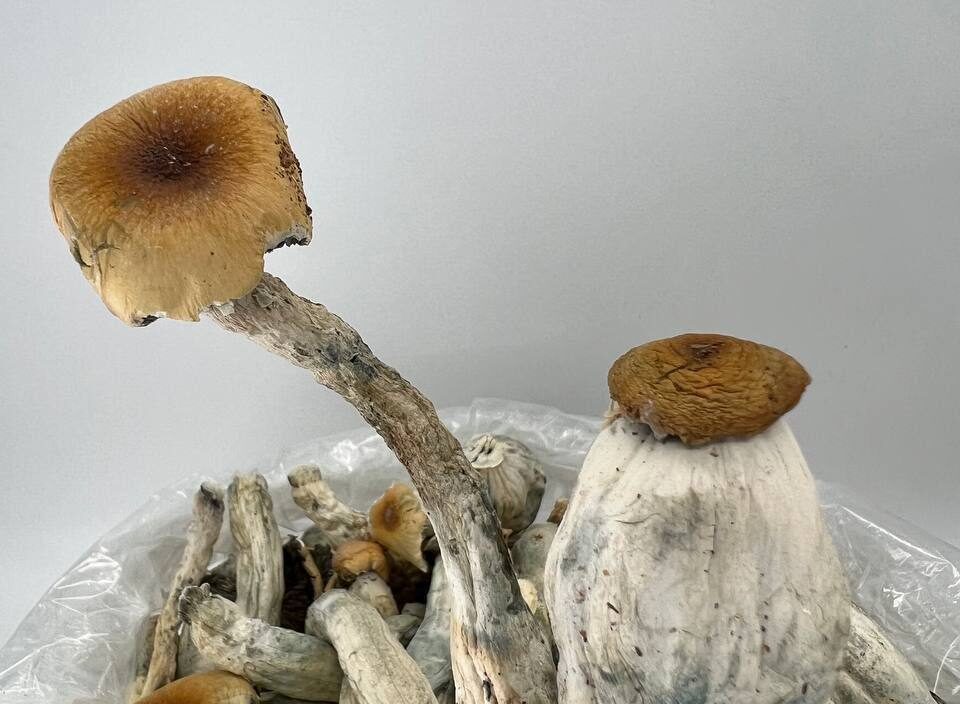

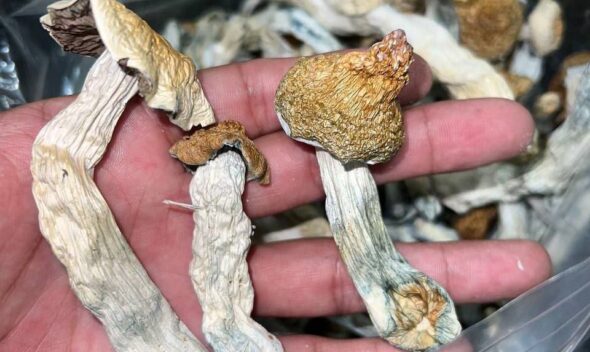
Leave a comment